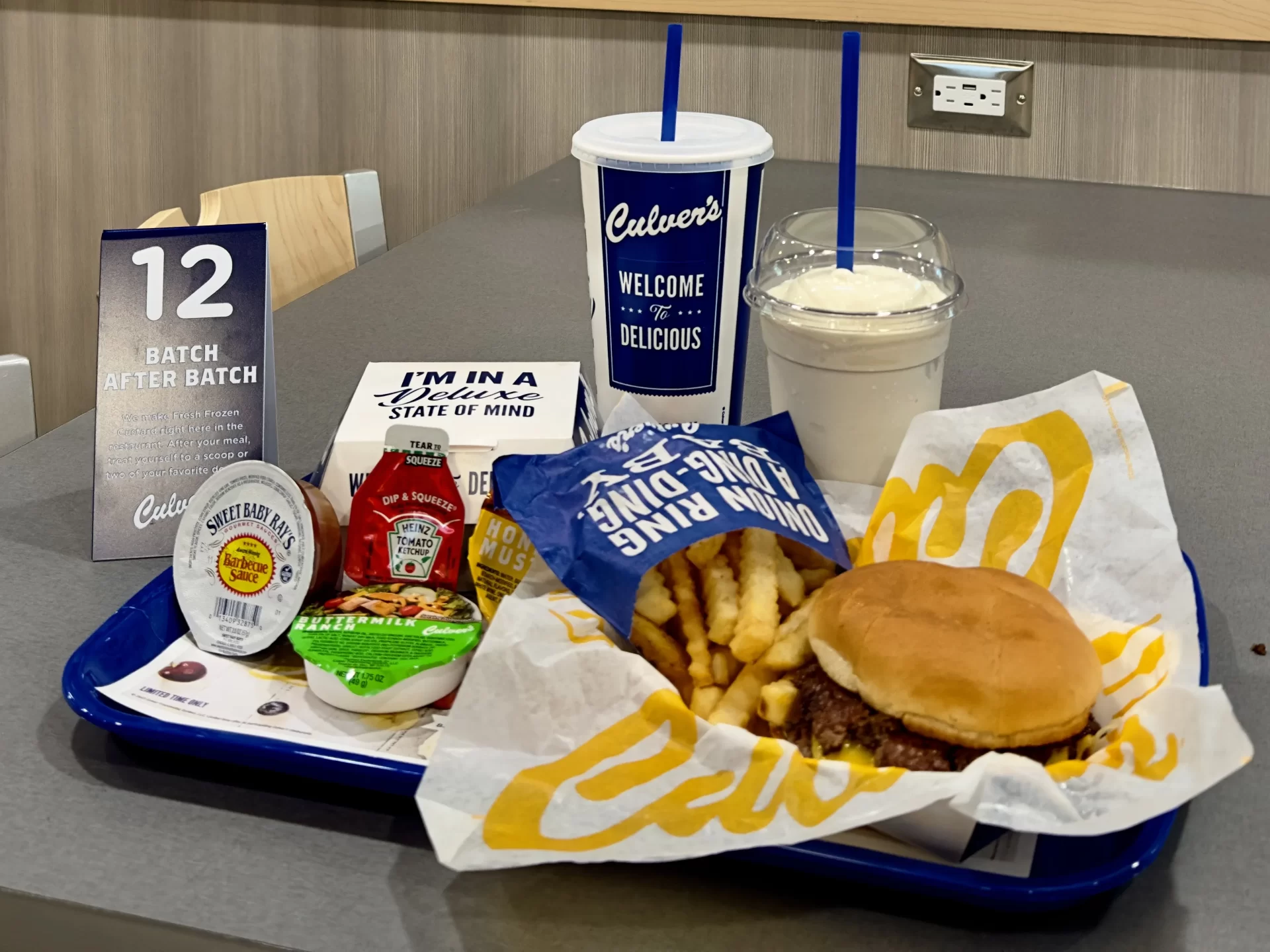By CELIA STRONG
Discovering a new wine, week after week, is definitely a great life plan.
Sure, there’s a little bit of work that goes with it. Learning about it. Tasting it. But, not really any hardship there.
Sonoma Valley, the source for this week’s new wine, has a great history with wine. In fact, it is known as the birthplace of the California wine industry.
The valley is located in the southeastern corner of Sonoma County, in the San Francisco Bay area. The city of Sonoma is in the valley and parts of Santa Rosa also.
There are some tidbits of history about this valley, though, that make it especially interesting.
Before Spanish settlers, the coastal Miwok, Pomo and Wintun indigenous tribes inhabited what is now the Sonoma Valley. To them, it was known as the Valley of the Moon.
In 1823, Mission Solano was the northern most of 21 California missions controlled by Franciscan monks. But within two generations, the Spaniards had secularized the missions. And dispossessed the indigenous people from their lands.
The name Valley of the Moon was recorded in 1850, though. Also, author Jack London, claimed the name “Sonoma” was the Native American word for “Valley of the Moon.”
London personally owned a ranch in the Valley of the Moon, where he and his descendants lived. In the 20th century, their back yard was a vineyard for the winery that eventually took the valley’s name.
The Madrone Estate, founded in 1863, is one of the oldest and most historic wine producing properties in Sonoma. It was purchased by the Stewart family in 2012, renovated, and dedicated to estate grown varietal wines. With the Valley of the Moon label.
Sonoma Valley wines are made from many grape varieties. This week there are two to look at.
First, Pinot Blanc, a white grape that is a mutation of Pinot Noir. Despite its inauspicious beginnings, Pinot Blanc is a versatile grape that is used to make still, sparkling and dessert wines.
Before its true identity was known, it was often thought to be a lesser version of Chardonnay. Its wines are medium to full bodied with good acidity and can do well with oak aging. Their aromas and flavors include apples, pears, peaches, lemon zest, almonds, a touch of smokiness, some possible floral hints and a gravelly, minerally finish.
Although it is grown in most wine producing countries, Pinot Blanc is not a well known variety in the United States, not like in France and Germany, but it’s always worth seeking out for its uniqueness. (The ones we find are always good!)
The second variety for this week is Viognier.
Another white grape that produces fuller bodied, perfumy wines with peach, tangerine, honeysuckle and almonds and hazelnuts as its primary aromas and flavors. (It also has mango, rose and citrus notes.) Viognier wines tend to have a juicy, almost oily, texture and are very complex, with layers and layers of subtle nuances.
Valley of the Moon produces a blend from these two varieties. The grapes are fermented in temperature-controlled stainless steel tanks to preserve all the fresh fruit flavors and aromas.
The blend is 85 percent Pinot Blanc and 15 percent Viogneir. From Sonoma, Pinot Blanc leans toward tropical fruits. And with malolactic fermentation, these stay vibrant in this wine.
Sonoma Viognier has a huge, lush mouthfeel and loads of floral character. A glass of this wine has lots of peach and honey, pineapple and a ginger spiciness.
A totally unique wine that really is the bright side of the moon. For $12.99 at Bill’s Liquors. Enjoy.





